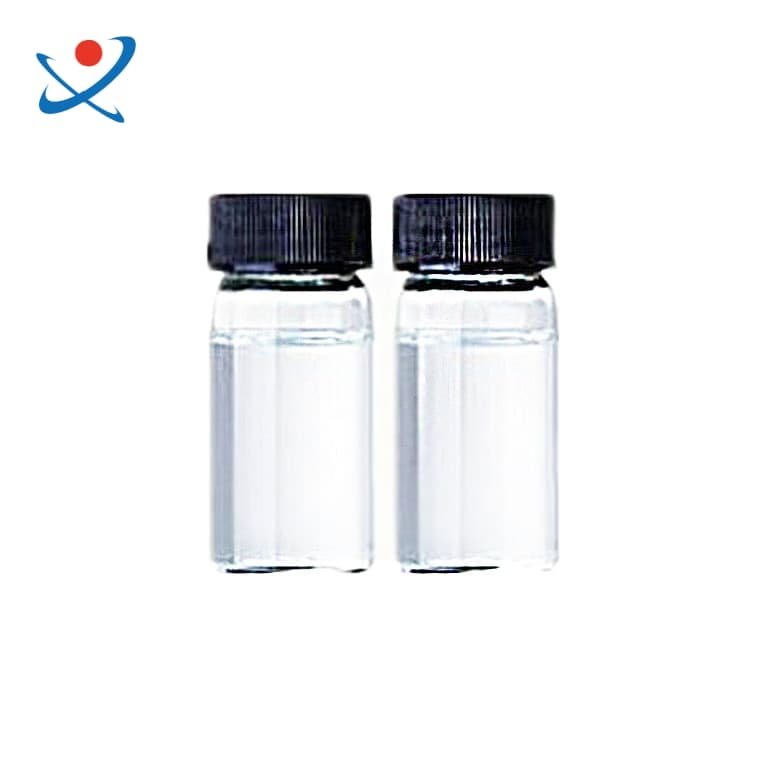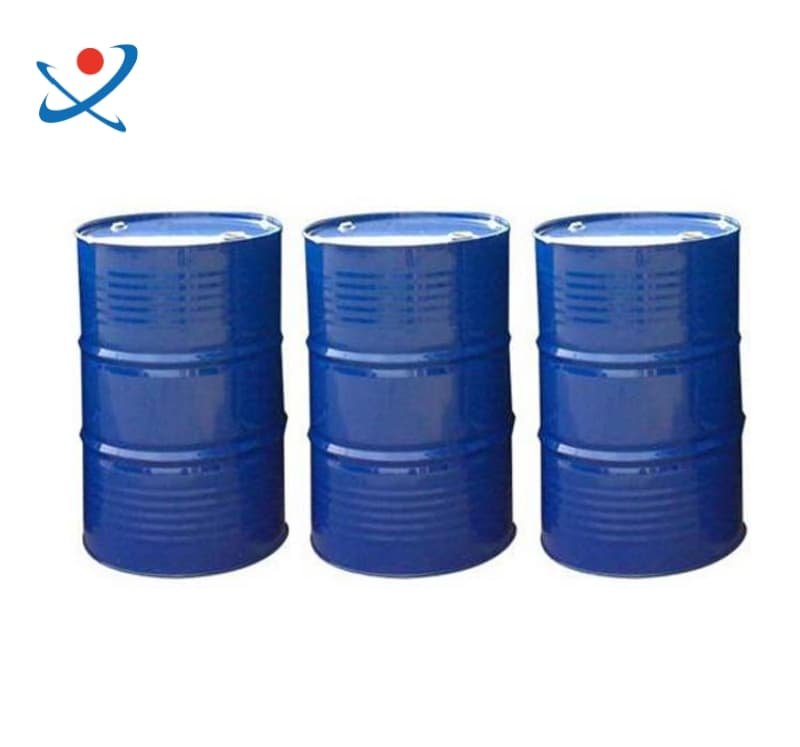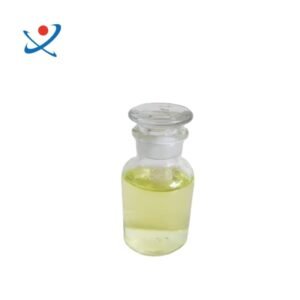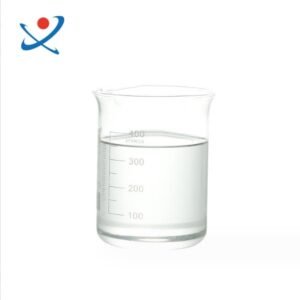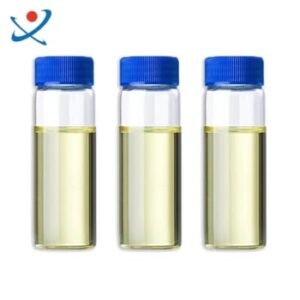| Common Name | Pyridine | ||
|---|---|---|---|
| CAS Number | 110-86-1 | Molecular Weight | 79.100 |
| Density | 1.0±0.1 g/cm3 | Boiling Point | 115.3±0.0 °C at 760 mmHg |
| Molecular Formula | C5H5N | Melting Point | -42 °C |
quality
Colorless transparent liquid. There is an unpleasant, pungent odor. It can be miscible with water, ethanol, chloroform, petroleum ether, ether, oil and other organic solvents, and is a lot of organic
An excellent solvent for compounds. Its vapor forms an explosive mixture with air, which causes combustion and explosion in case of open flame and high heat energy. It can react strongly with oxidants. In case of high heat, the internal pressure of the container increases, and there is a risk of cracking and explosion. Strong acids can cause violent sputtering.
Method
The pyridine base in the coke oven gas generated during the coking process is recovered to obtain pyridine. Or pyridine can be obtained by reacting from a mixture of acetaldehyde, formaldehyde and ammonia. It is also possible to heat and cyclize 1,5 pentanediamine hydrochloride and dehydrogenate in the presence of a platinum catalyst to obtain pyridine.
use
Chromatographic analysis of reference materials. Analytical reagents for the characterization and determination of antimony, arsenic, aluminum, bismuth, cadmium, cerium, chromium, cobalt, copper, gold, lanthanum, lead, lithium, manganese, mercury, germanium, nickel, neodymium, platinum, phosphorus, rhenium, praseodymium, silicon, silver, sulfur, thallium, tellurium, thorium, titanium, uranium, vanadium, zinc, zirconium, chlorate, chromate, cyanide, dichromate, perchlorate, permanganate, persulfate, thiocyanate, thiosulfate. It is also a good solvent for organic and inorganic compounds.

